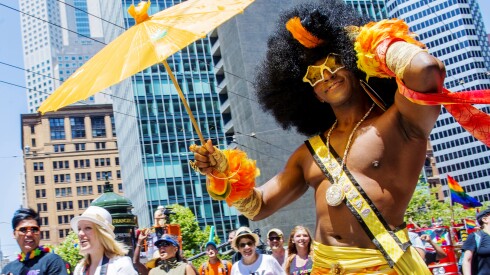The Best Hikes in Ecuador
Whether you’re ascending the world’s tallest volcano, Cotopaxi, or scrambling down into a vast crater, you’ll learn why Ecuador’s trails have gained legendary status. Acclimatize to the altitude with gentle walks. Then explore the grassland páramos and fairy-tale cloud forests. The reward for such strenuous hikes? A dip into one of the Andes’ steaming, natural volcanic baths.
Unnamed Road
While many of Ecuador’s volcanoes allow hikers to their craters, a few invite you into their mysterious interior too. At Quilotoa, 3 hours from Quito, you start at the summit. Enter into a small village, perching above one side of the 1.8 mile-wide caldera, then walk the sanded path down to a spectacular 250-meter-deep central lagoon. Don’t worry. Although the volcano is active, the last eruption was over 850 years ago. Those wishing to stay can sleep in a tent in the caldera or at the basic hostel on the shore of the teal-tinged water. Rafting is available, though make sure you maintain some strength for a return journey that could leave you slumped against a volcanic slab gasping for air. But if it’s all too much, just hop on a horse and glide to the top. It’s advisable to venture down early for reduced crowds and clear weather. A good tour company to use is CarpeDM (www.carpedm.ca) who offer transport from Quito, food throughout the day, and expert guides.
Malchingui - Mojanda
Lagunas de Mojanda supplies the ideal one-with-nature retreat from the craziness of Otavalo’s Saturday Market. Three turquoise lakes are nestled in the Andes Highlands amongst once-active volcanos. Look closely to discover a small world of wildflowers, butterflies, bugs and birds set against the dramatic backdrop of sheer cliffs and rolling grasslands. If you’re lucky, you might spot the endangered Andes Condor soaring over the paramo. The area is accessible only by car or taxi ($10-13 from Otavalo, $3-5 from nearby La Luna or Casa Mojanda). Just make sure to arrange return transportation in advance, as there are no taxis, buses or phone signals.
Vía Sigchos Quilotoa
The Quilotoa Loop is a 200km circuit through the carpet of patchwork farms covering the area’s mountainous landscape of peaks, canyons and valleys. Travelers can get a glimpse of the beautiful yet arduous local life by trekking, horseback riding, busing or hitchhiking the entire loop. The highlight is the majestic Laguna in Quilotoa’s crater, though you can time your trip based on markets that rotate between villages. Most bus or drive to the lake in just one day, but if you’re like me and prefer to earn your view, hiking in from one of the neighboring villages is the way to go. The “trail” from Chugchilan is a gorgeous, yet strenuous, ascent through the canyon farm fields, over the river and up, up, up, 1,000 meters until you reach the cliffs overlooking Laguna Quilotoa. Accommodations in villages along the route typically include breakfast and dinner, some like the Black Sheep Inn in Chugchilan also include lunch. Hostal Tiana in Latacunga is a great place to drop off any big bags before hitting the loop with a daypack, or you can hire a guide, like Oswaldo (pictured), with a horse to do the heavy lifting. Llullu Llama in Insilivi is a relaxing hostal, and a good jumping off point for the trail. Public transport can be scarce to some of the more remote villages so make sure to plan your trip accordingly.
Volcán Cotopaxi, Latacunga, Cotopaxi, Ecuador
One of the world’s highest active volcanoes (with an altitude of 4000 meters, or over 13,000 feet), Cotopaxi is also one of Ecuador’s most photographed landmarks. Its snowcapped peak is beautiful but deadly: as an active volcano where mud and rock slides are common it has to be closely watched. In August 2015, the president of Ecuador declared a state of emergency because of Cotopaxi’s increased rumblings. Although warnings by Cotopaxi National Park staff and local seismologists are critically important to heed, visitors invariably come back with tales of scenic treks, condor sightings, and bucket-list bravura. Best to come prepared, the altitude makes appropriately warm and protective gear a must. High altitude also means faster fatigue—a thorough check up before you embark and altitude medication may be lifesavers when planning your trip to this paradise.













